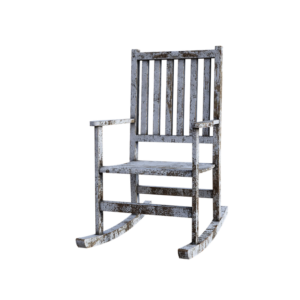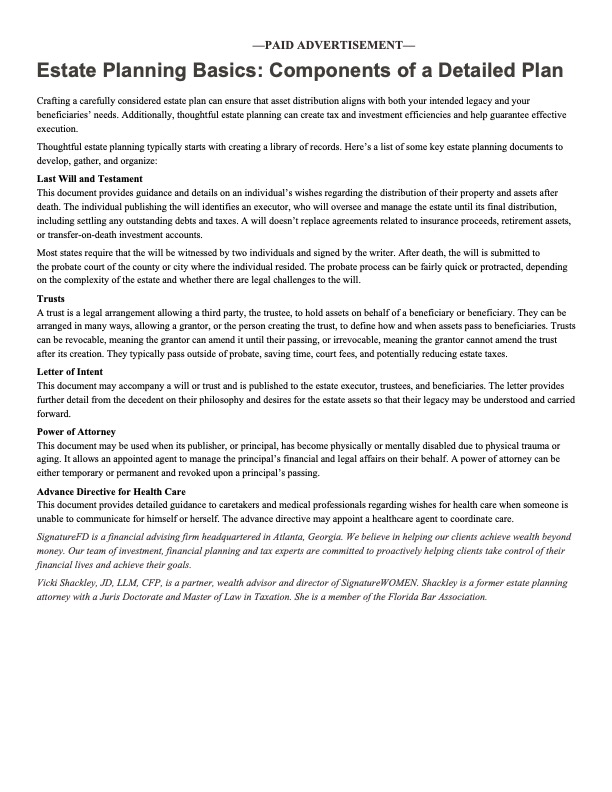By Tom McGowan 2022
There’s a lot of talk these days about inflation, and it made me think about the worth of money — what a dollar will buy you. I believe it starts when we have our first real job. I recall well at the age of 16 going to the public health service to get a checkup so I could get that critical document — my “working papers.” With that in hand, on the way home from school I got off the bus and went over to a big restaurant at East Fordham Road and Southern Blvd in the Bronx. It was a Howard Johnsons, one of the earliest on the East Coast, flanked by the zoo and the botanical gardens. I went in and simply asked for a job, filled out brief paperwork and then had an audience with Frank Vespoli, the boss.
It was a slow time in mid-afternoon and he was sitting there having a cigarette and a beer with a light lunch near the small bar in the corner of the main dining room. I noted a small tattoo on his arm – he was an ex-Navy man. He hired me on the spot — I was going to be a weekend worker and then work all summer. I recall working 40 hours when I was 16 which was illegal — and getting paid for 35. The five hours was considered a “training fee.” I learned not to buck the system on that issue while working my way up the ladder. But the main thing was I got an actual paycheck with my name on it and taxes taken out. It made me feel (almost) like an adult. And that paycheck is what cemented my sense of what a dollar was worth.
One benchmark is the cost of a slice of pizza. Pizza places were ubiquitous in New York and all charged the same price which I recall was a quarter for a plain slice. If you could slide the money across the counter — even if you were from Mars — you would get a slice slid back to you on a piece of wax paper. On the counter were salt, pepper and hot pepper flakes to customize it. All but a fancy few (never use a fork and knife in front of me, please!) folded it in half, stiffening it to a point the easier to eat, with olive oil dripping down the inside of your wrist while you consumed it. Now a slice costs $2.50 so that’s a multiplier of 10. I was also into fixing cars at the age of 18 and bought a 6-cylinder 1966 Chevy van for $100. It needed a bit of work, having been run into a fire hydrant. I recall that a brand-new carburetor cost me $28. That same carburetor now (rebuilt — if you can find it) is now $250. 10 to one again. And a cup of coffee in 1968 was in the range of $0.40. Ordering was simple in the delis: Cup’ a coffee, regular. That was one size (12 ounces I think) and “regular” was milk and two spoons’ full of sugar). Now, with Starbucks, there are too many sizes to choose from – it drives me crazy. For starters, the tall is not tall, it’s the smallest. Then Grande, spumante, fettuccine. Not sure of all their names, you have to know Italian to get it right. I just say small or medium and they get what I mean.
And the price, alas, is more than 10:1 upcharge unless you get the mini cup. And some part of my brain checks in to let me know this “price” is too high in comparison to my “what a dollar is worth” metric.
Or consider cars — the Ford Pinto 1970 base model was priced at $1,850, and perhaps $2,000 out the dealer’s door. Now a stripped-down car is just over $20,000. And while that’s 10 time the price, that not really a fair comparison. The Pinto didn’t have antilock brakes, likely came with an AM radio, no air conditioning, had bias ply tires that lasted just 30,000 miles and at no extra cost — might explode if you got hit in the rear. So we have to make allowances for all that.
Let’s look at minimum wage: I looked at my records and found that in 1968 I was making $2.50 an hour at Howard Johnsons. In comparison, minimum wage was $1.65. I also got overtime and tips from two shifts of waitresses when I was bussing the tables. The tips were for doing my job well – clearing tables to allow them to seat the next round and keeping the setups rolling for them. They loved me because I never took a break — nothing ever got backed up, never short of plates, silverware or coffee. I was also favored in terms of wages because I repaired things and occasionally was sent out to other stores to both fix things or close them if they got in a jam. In short I was versatile with a range of abilities and I could, and did, do the work of two.
If you include the $20 per day cash tips and overtime for my 6-day 10-hour shifts (I worked 60 plus hours per week during the summer) I was making about $5.25 an hour. That equates to 21 slices of plain pizza! Now we can play with the consumer price index for these years. It was 35 in 1968; 39 in 1970; 82 in 1980; 131 in 1990; 172 in 2000; 218 in 2010; and 271 in 2021. You can see it’s uneven – doubling in the 1970s, and less so after that. Let’s apply the CPI to my wages – my $5.25/hour would now be $36/hour. Now let’s look at federal minimum wages: $1.60 in 1980 and $7.25/hr now, a 4.5 multiplier. The CPI went up 6.9 times in that period. In short, if you are making minimum wage now, you are being shorted compared to 1980.
Yes, inflation is in the news. I don’t pretend to be able to predict the future; economists get paid to do that even when they are way off the mark. No, my goal for this story is to get you thinking – thinking about the first buck you made, about what it was that you bought with it, what you valued. Was it donuts? Pizza? Perhaps a new dress or pair of shoes, a night out at a good restaurant, and of course, what was the price for a gallon of gas for that car you drove (35 cents in 1968, and 10 times that now)? Yes, what marked you as to what a dollar was worth when you first started making money?





